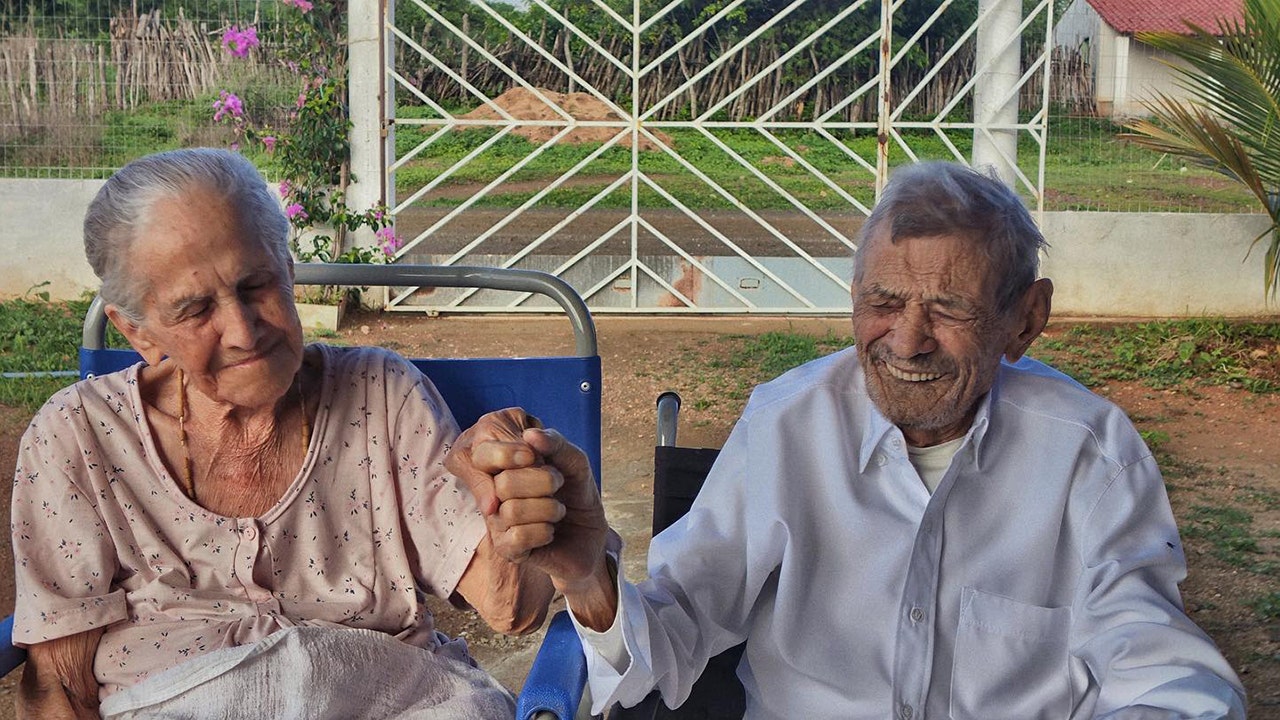Home-care nurses told her not to worry about her bedsore. She was hospitalized the next day

On a late November morning two years ago, Sylvie Hudon woke up trembling from what she recognized as the early signs of sepsis. The 66-year-old, paralyzed from the waist down, was shocked by the realization that she was in danger.
Just the day before, nurses visiting her Quebec City home had reassured her that there was no cause for concern about a bedsore located at the very bottom of her back, despite her raising the alarm about a foul smell emanating from it. Little did she know that the wound contained four different types of bacteria, with one having infiltrated her bloodstream. The hole on her back had grown to the size of an orange, reaching all the way down to the bone.
“It was something major,” Hudon recalled, reflecting on the moment she called an ambulance for herself and was rushed to the operating block. She believed that the situation should never have escalated to that point.
Over the span of two years, she had received regular home visits from CLSC nurses to monitor and manage the pressure sore, a common occurrence for individuals with limited mobility or spinal cord injuries like herself. However, she realized that the constant rotation of nurses made it challenging for them to accurately track the progression of the wound.
Months of hospitalizations and a surgical procedure later, Hudon is speaking out about her experience in hopes of preventing others from facing similar challenges. While she acknowledges the efforts of home-care nurses, she emphasizes the need for more specialized care for individuals dealing with pressure wounds.
Joined by advocates and patients in Quebec City, she is advocating for the establishment of additional resources specifically tailored to those with spinal cord injuries who are struggling with bedsores in the region. In January, MÉMO-Qc, an advocacy group for people with disabilities, submitted a petition with over 1,500 signatures to the National Assembly, calling for the expansion of services and the creation of a dedicated clinic for wound care prevention, research, training, and management in eastern Quebec.
Hudon’s story is not unique. Simon Plamondon, another Quebec City resident, shared his own ordeal of spending months in the hospital recovering from bedsores. His experience, coupled with the tragic case of Normand Meunier, who opted for assisted dying after developing a severe bedsore, serves as a stark reminder of the urgent need for improved care for individuals with pressure wounds.
Between March and June 2024, MÉMO-Qc gathered 16 testimonies from individuals in the Quebec City area who shared similar struggles with pressure wounds. The group raised their concerns with Quebec’s ombudsman, leading to a report highlighting the inadequacies of regional services in addressing the needs of spinal cord injury patients.
In response to the ombudsman’s recommendations, the local health authority implemented measures to enhance wound care services and prevention strategies. While progress has been made, there is still room for improvement to ensure that individuals with disabilities receive the quality care they deserve.
Dr. Sheila Wang, a dermatologist at the wound care centre at Women’s College Hospital in Toronto, underscores the importance of early intervention in treating bedsores. She emphasizes the need for standardized measurements and consistent monitoring to prevent the progression of wounds to severe stages.
Chronic wounds, including pressure sores, pose a significant healthcare challenge in Canada, with a substantial portion of healthcare resources dedicated to wound care. Wang believes that with enhanced resources and support, individuals with pressure wounds can receive the comprehensive care needed for recovery and prevention.
As the conversation around wound care continues to evolve, it is essential to prioritize the needs of individuals with disabilities and ensure that they have access to specialized care tailored to their unique circumstances. By advocating for improved services and raising awareness about the impact of pressure wounds, individuals like Sylvie Hudon and Simon Plamondon are driving positive change in the healthcare system.




